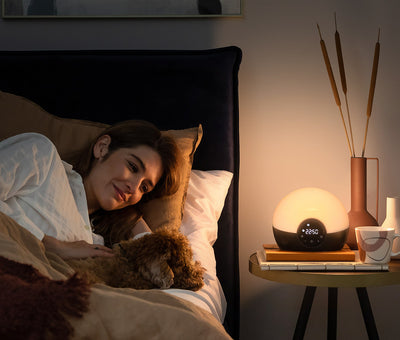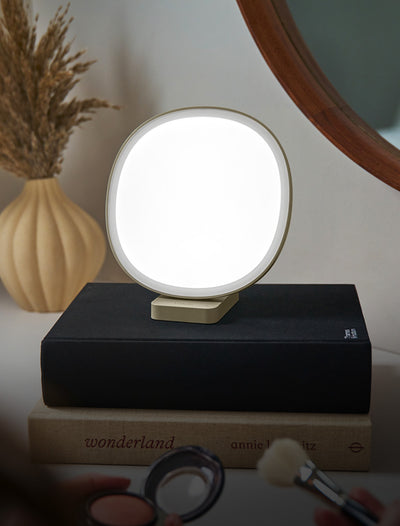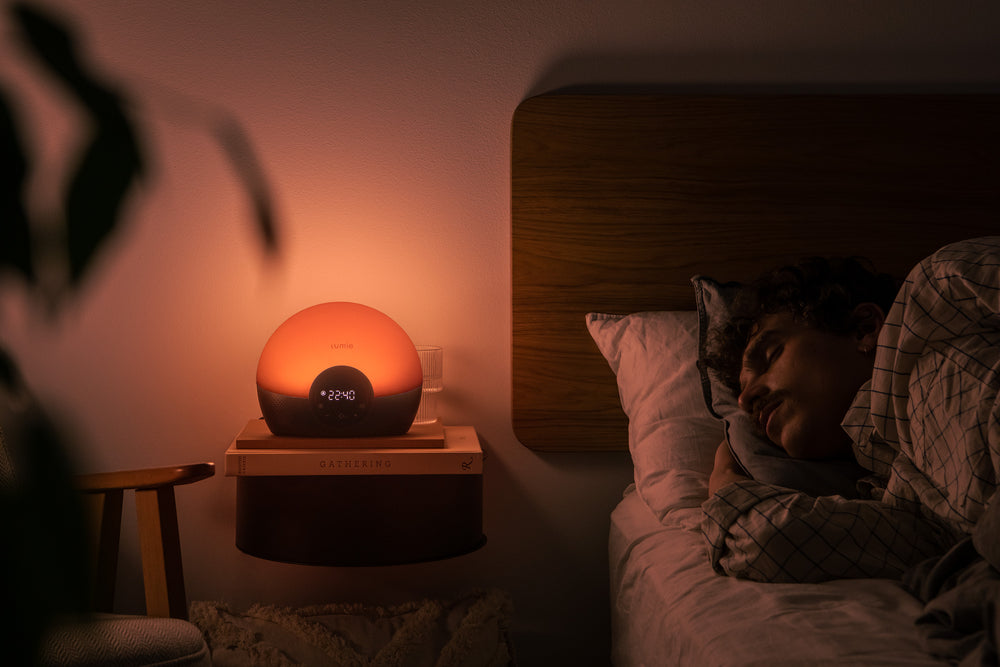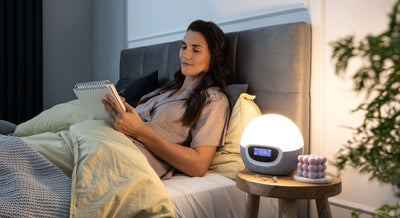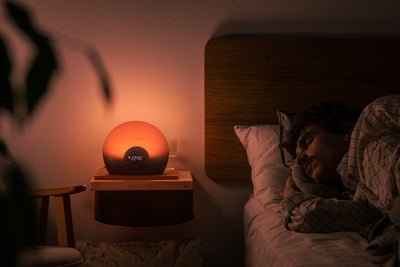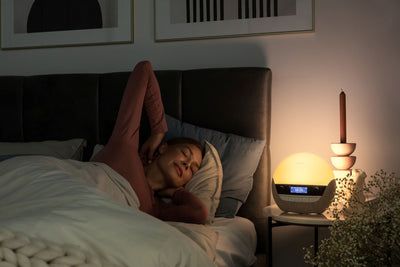What is vitamin D and why do we need It?
As we head into autumn and winter and sunlight becomes limited, it is difficult for our bodies to produce enough vitamin D. But what exactly is vitamin D and why is it important? We catch up with Plenish Nutritionist, Katie Morley, to find out more!
What is vitamin D?
Vitamin D serves a dual role in our bodies: it acts as both a nutrient synthesised following sunlight exposure and through certain foods in our diet, and as a hormone that regulates various cellular and organ functions.
Why is vitamin D important?
You may be aware of the importance of calcium for strong bones, but it’s worth keeping in mind that vitamin D is required for the absorption of vital nutrients such as calcium and phosphorus, and hence plays a key role in the maintenance of healthy bones, teeth, and muscles.
Most of our vitamin D comes from sunlight, but in places like the UK where sunlight is scarce during autumn and winter, taking supplements is advised by government guidelines to prevent deficiencies. Specifically, 1 in 6 adults have low levels of vitamin D and aside from natural sunlight, insufficient vitamin D intake may be due to dietary limitations, poor absorption, or increased metabolic needs.
Without enough vitamin D, our bodies struggle to absorb calcium from food, leading to the body sourcing it from the bones instead. This may result in conditions like rickets, osteomalacia (softening of bones), osteoporosis, weakened immune function, menstrual irregularities, and musculoskeletal pain and fatigue.
A couple more things to know about vitamin D and deficiencies:
- If you live in a city, you might have a higher likelihood of being deficient in vitamin D.
- Sitting by a window won’t boost your vitamin D levels because you can’t generate vitamin D through glass. If you want to increase your vitamin D levels through sunlight exposure, make sure to go outside directly into the sun.
Plenish Mango Sunshine shots include 100% of your daily requirement of Vitamin D
You can find more about the wonderful Plenish range here!
Why not accompany your vitamin D supplementation with a daily dose of bright light therapy, mimicking the brightness and intensity of sunlight to provide a natural boost to mood, energy and alertness? Bright light therapy lamps do not facilitate the production of vitamin D. You can read more on this here.
